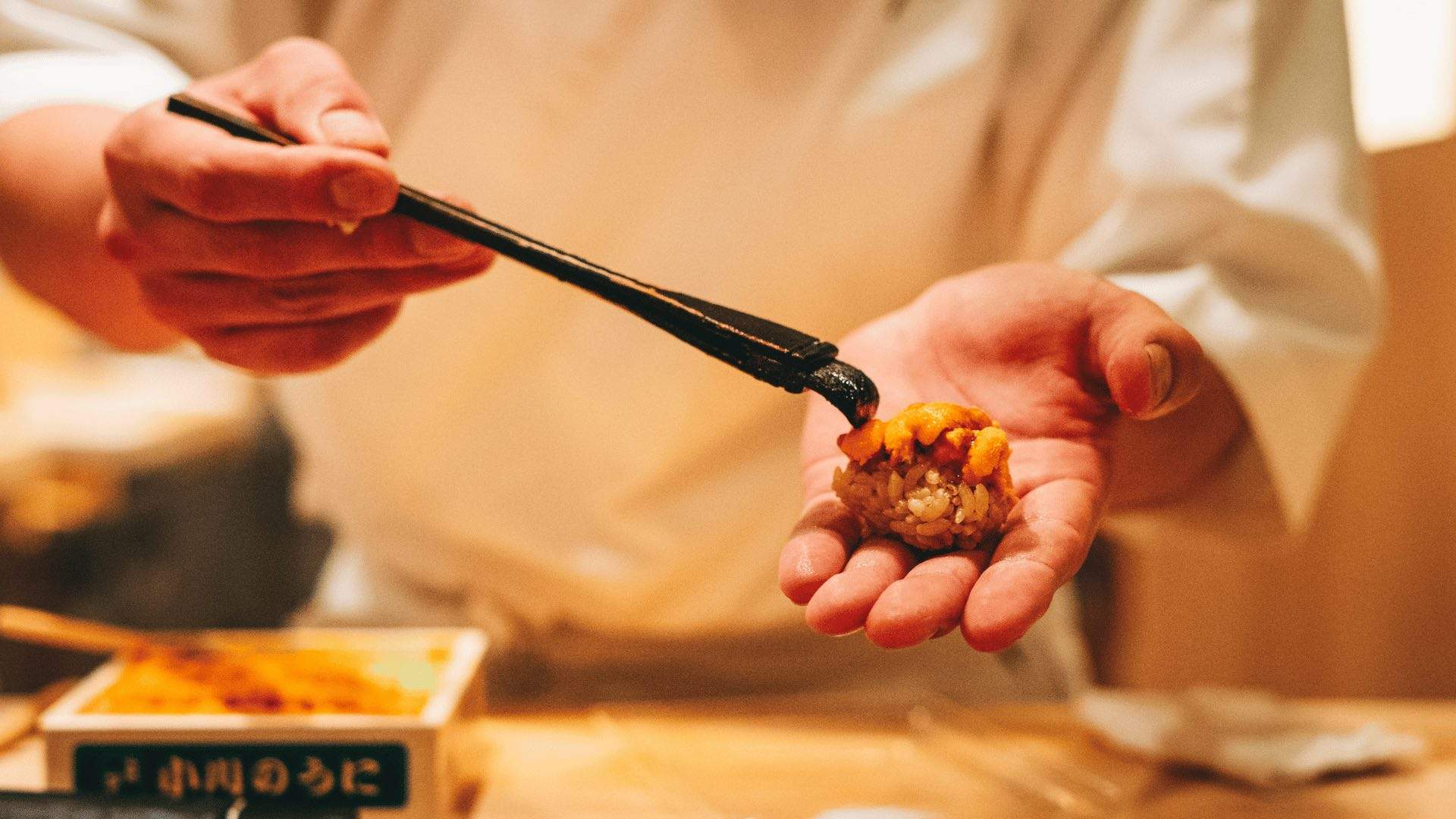
A Guide to Eating Your Way Through Japan’s Regional Specialties
We can guarantee you’ve never heard of at least one of these dishes.
You could visit Japan a hundred times and still not cover the vast range of incredible food available throughout the country. Japan’s natural diversity is reflected in its regional cuisine, which differs distinctly between its 47 prefectures and numerous cities.
There are well-known classics like seafood donburi and Kobe beef, which are beloved for a reason, but others may surprise you, like takoyaki’s distant cousin akashiyaki, edamame-based desserts and taco rice.
With this guide, embark on a culinary adventure through Japan, from fresh seafood up in Hokkaido Prefecture to specialty soba down in Okinawa Prefecture.
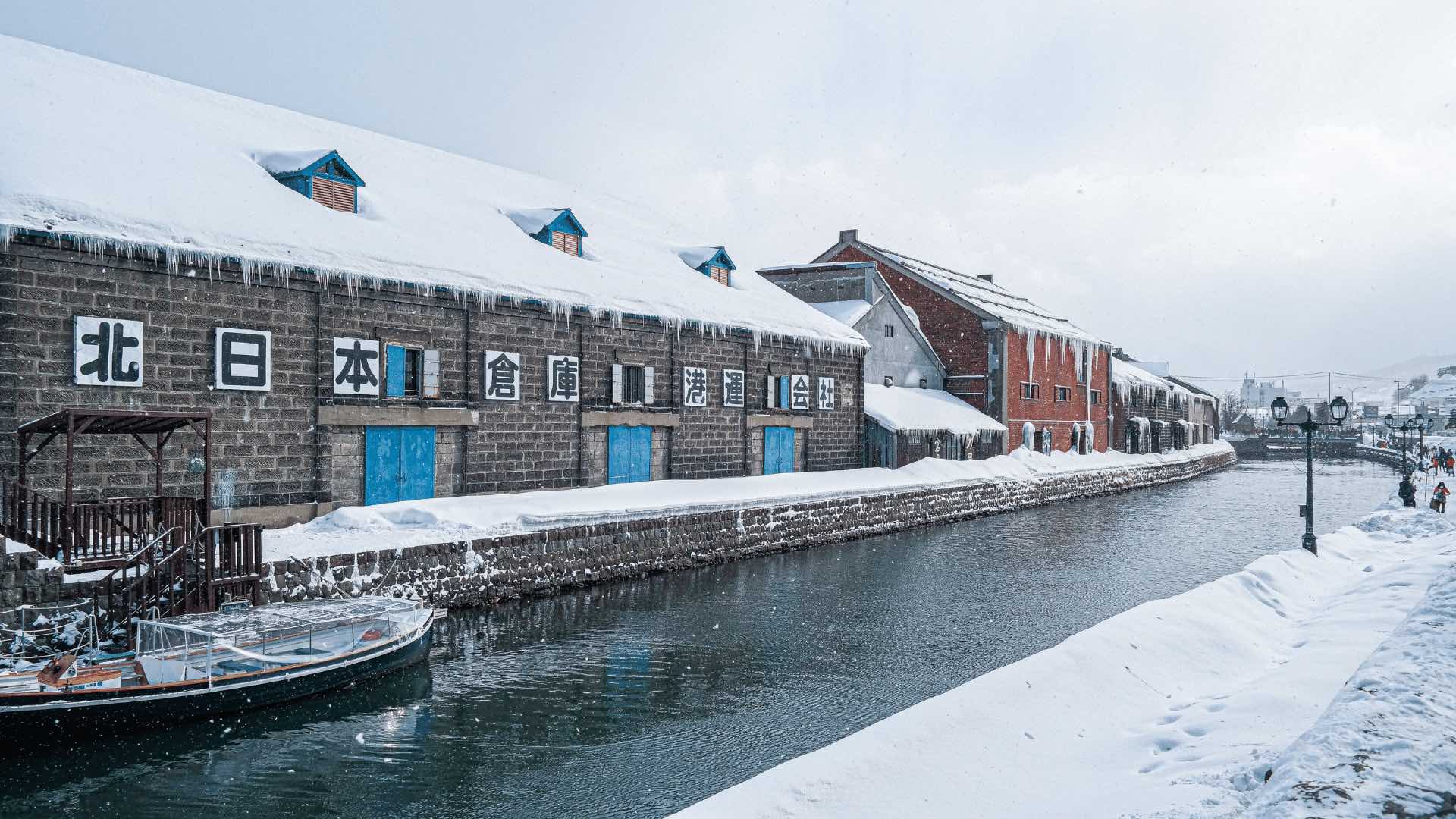
Hokkaido
Sub-zero temperatures might not be ideal, but the snowy climate does wonders for Hokkaido’s food scene. The cold means hearty meals like grilled meats and rich ramen have become popular in the region, while the chilly waters produce more flavourful seafood.
You’ve heard of yakiniku (grilled meat), but up north, they do things differently. Genghis Khan (or jingisukan) is a type of Japanese barbecue that involves cooking mutton on a domed skillet. There are a range of places where you can give grilling a go, whether it’s the bustling and popular Jingisukan Daruma or the family-run Fukuroutei. For the ultimate experience, go for all-you-can-eat Genghis Khan — with the option to add unlimited drinks — at the Sapporo Beer Garden.

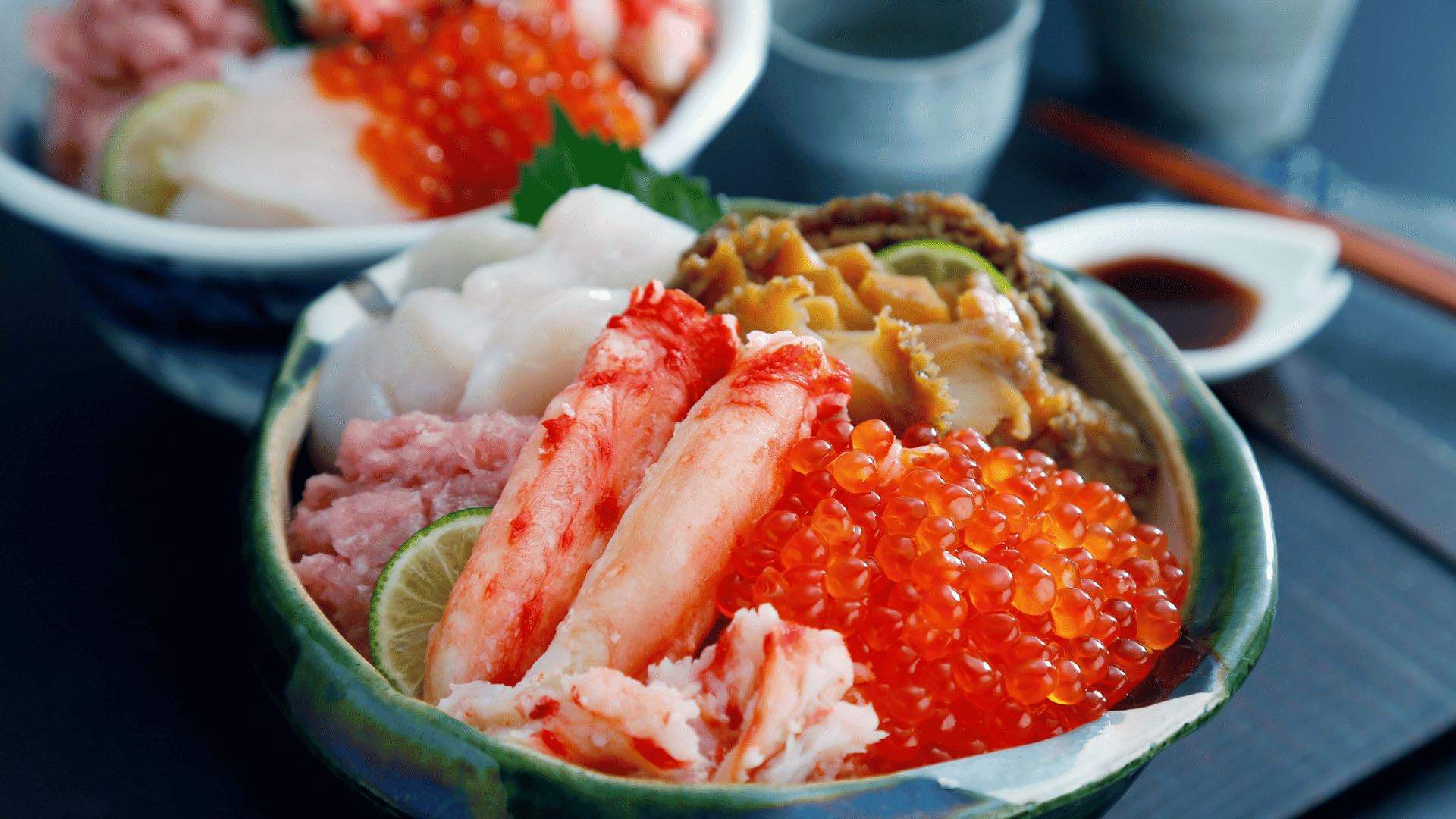
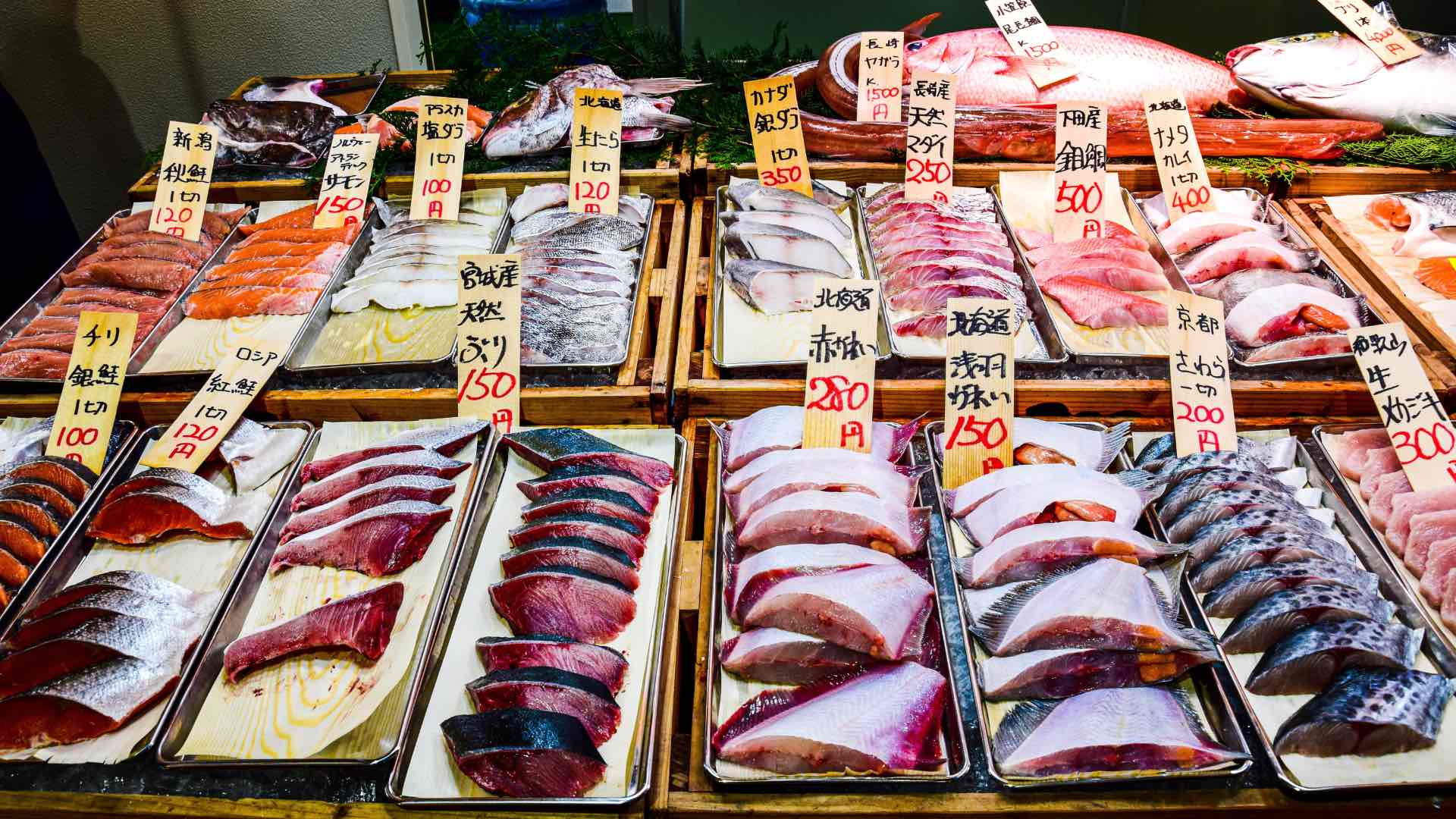
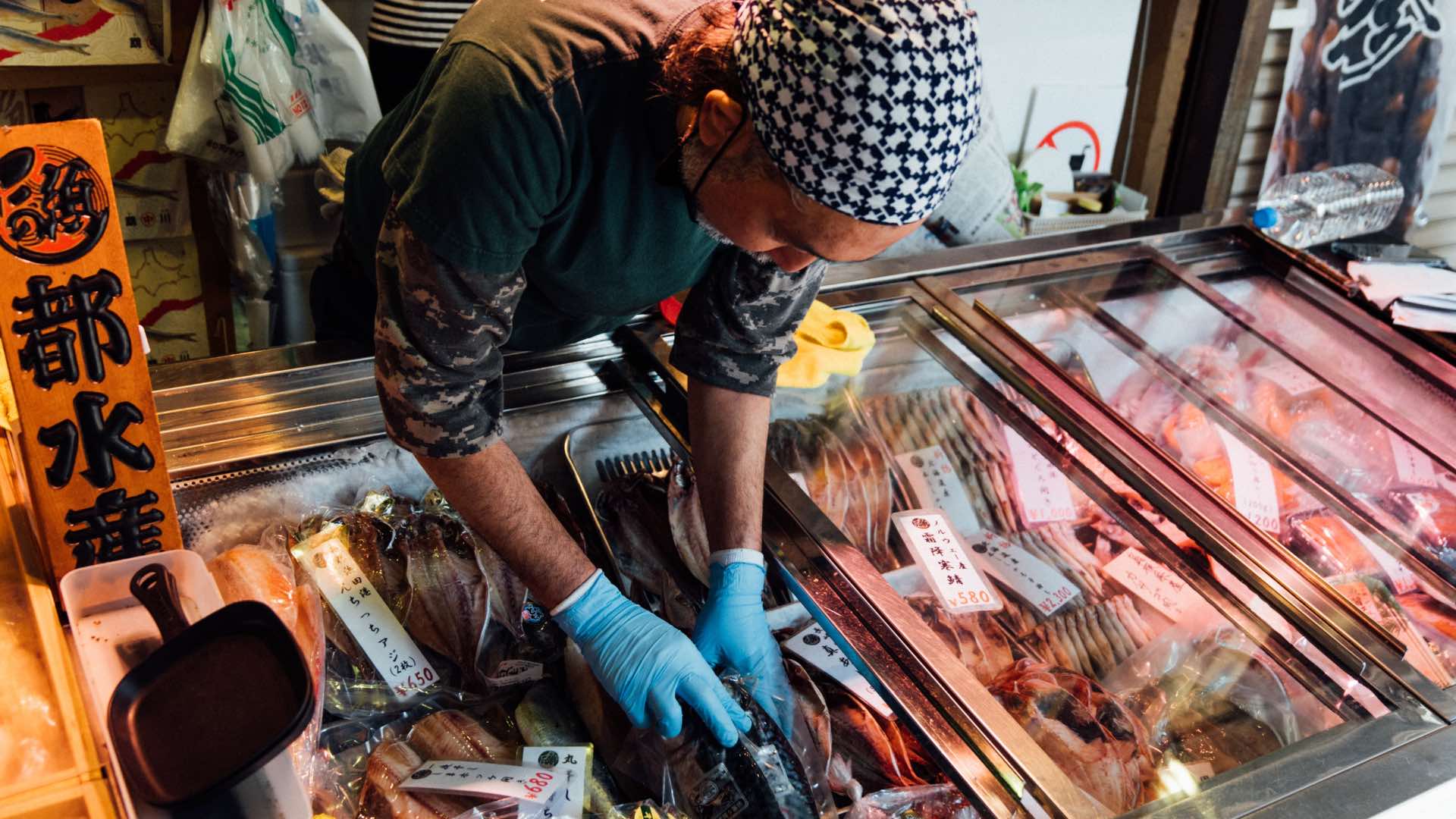
You can’t look past Hokkaido’s seafood. The northern island is especially renowned for its tasty snow crab and sea urchin, so what better way to experience it than with a kaisendon. The seafood rice bowl can be enjoyed throughout the prefecture, but it’s worth making a trip out to the port city of Otaru, famed for its fresh fish. For a kaisendon that won’t cost you an arm and a leg, try Kaisenya Yoshidon or Otaru Takenosushi. If you’d prefer to stay in Sapporo, there are numerous options at Nijo Market, including the ever-popular Daiichi Kaisenmaru.
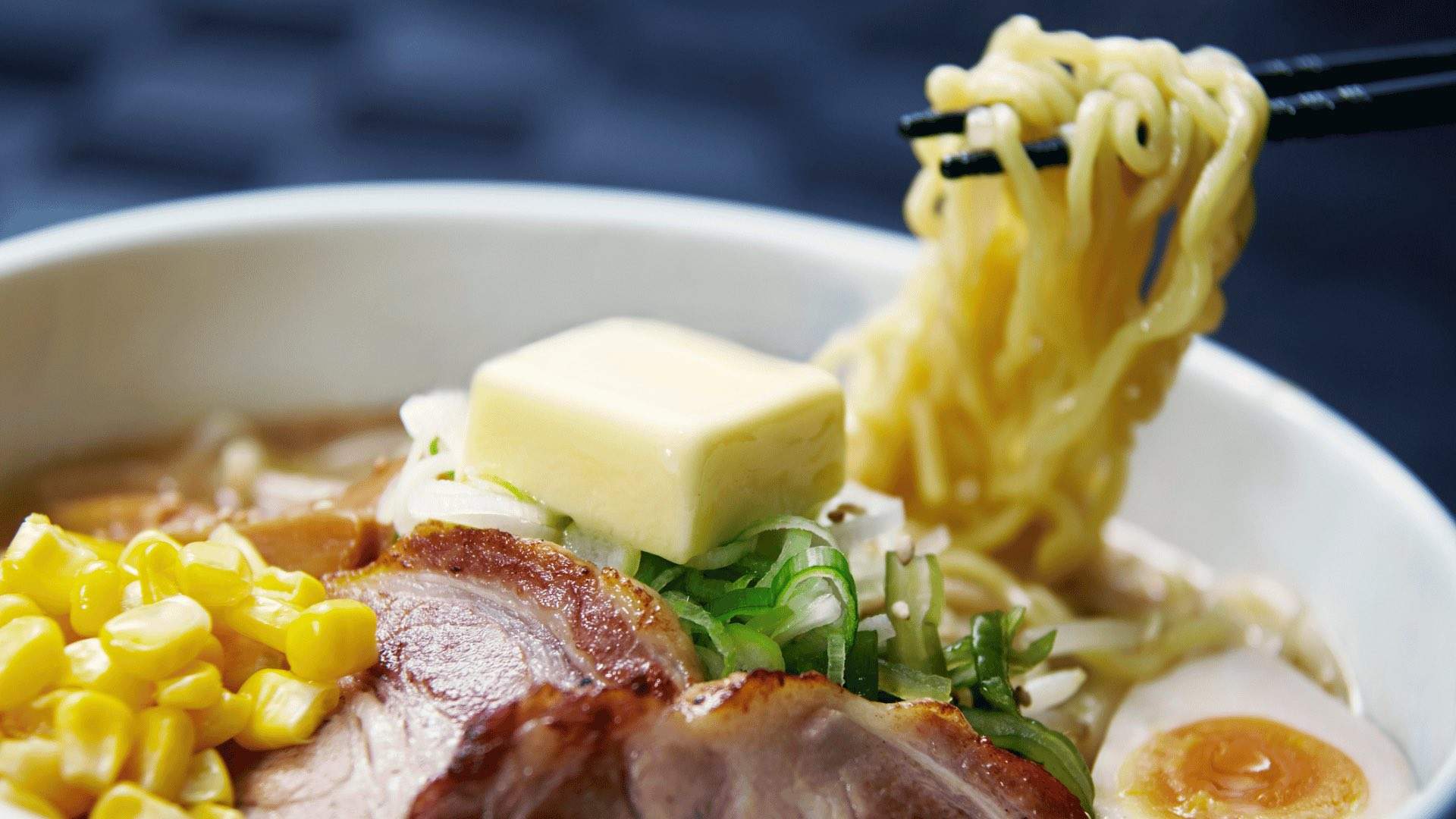
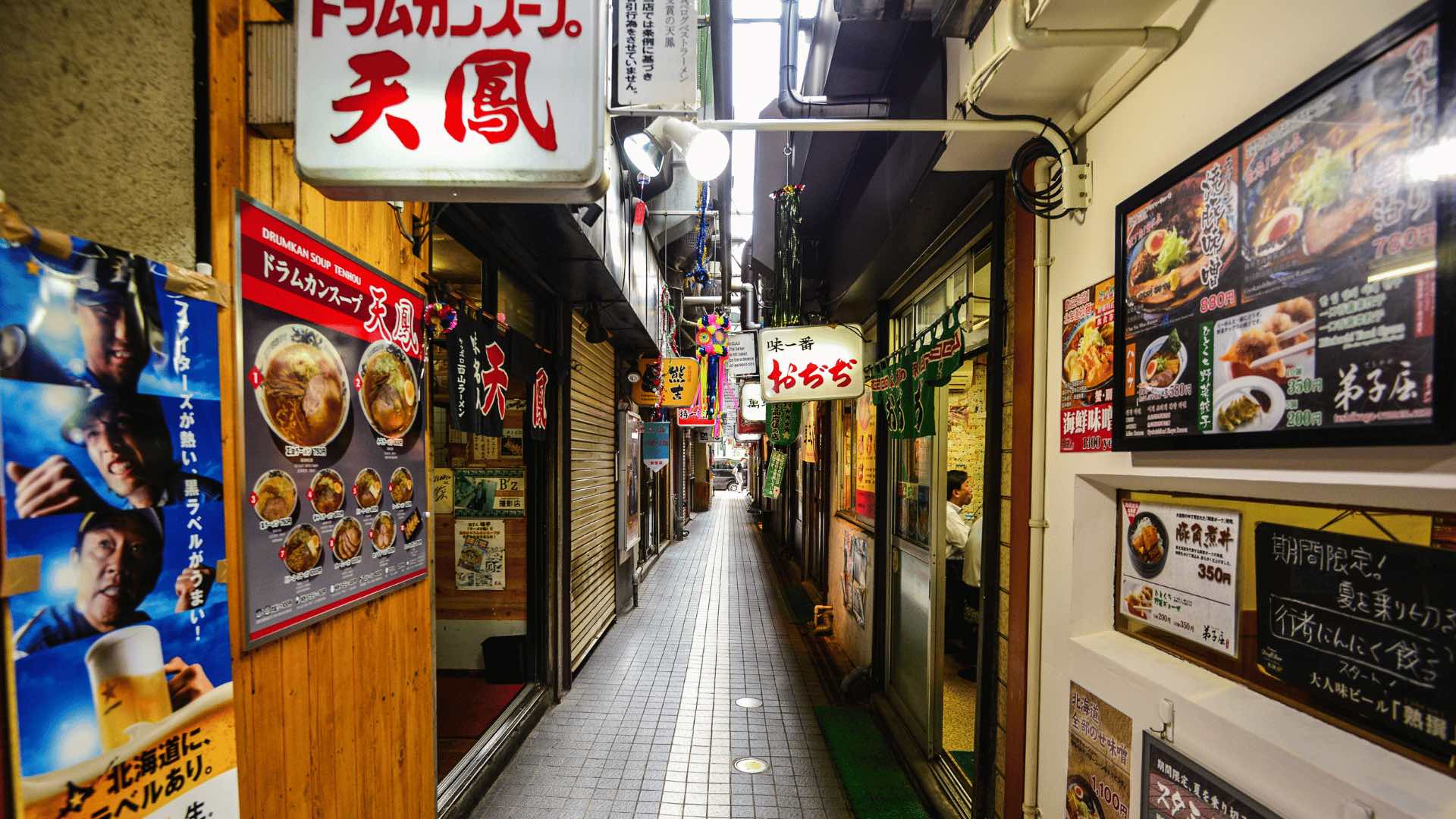
Miso ramen is Hokkaido’s unique twist on traditional ramen. Sapporo’s no-fuss eatery Aji no Sanpei is largely touted as the birthplace of miso ramen, which features thicker, wavy noodles in a miso broth. Real ramen fiends should visit Ganso Sapporo Ramen Yokocho — a landmark alley known as Ramen Alley with 17 ramen stalls.
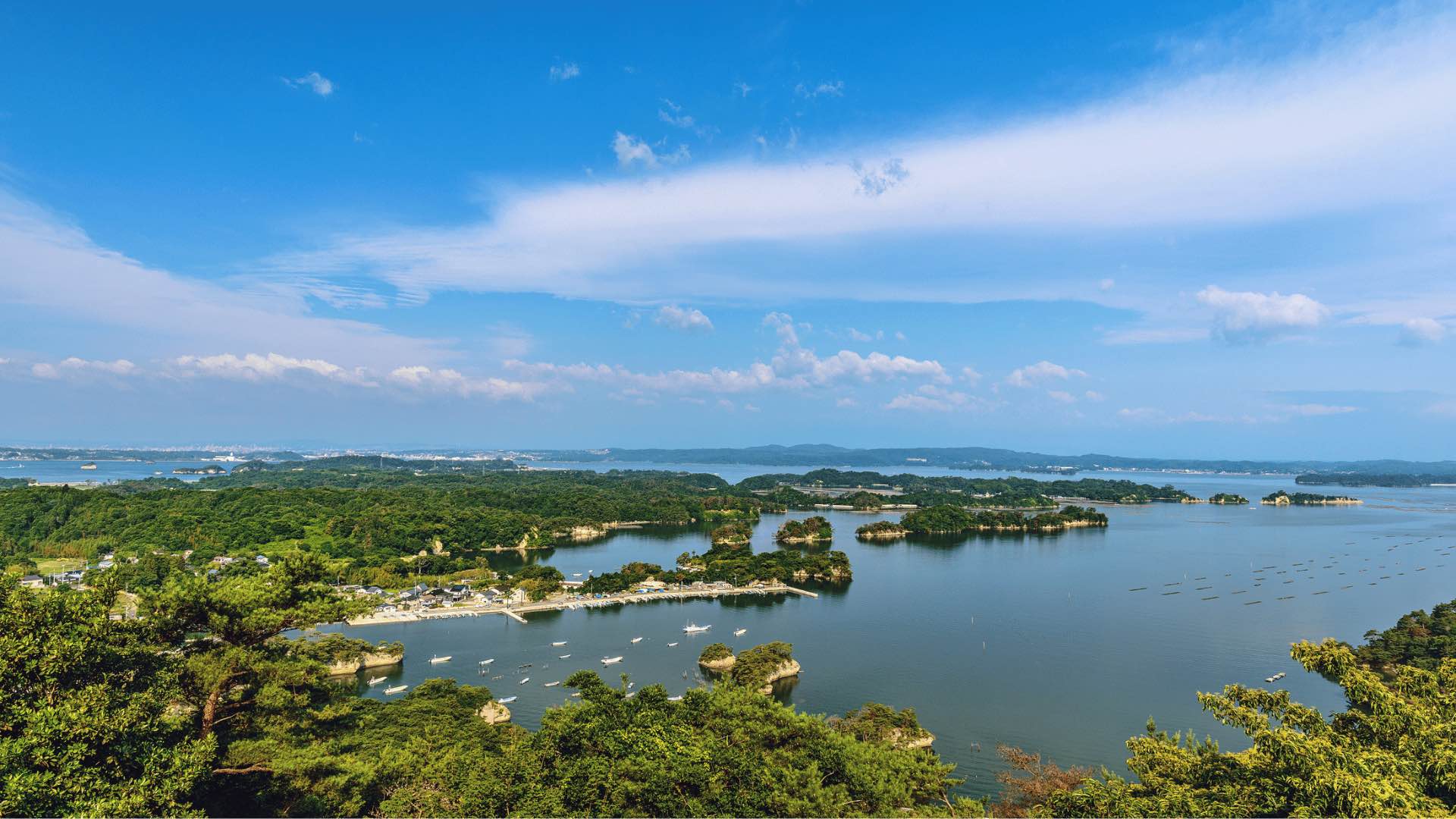
Miyagi
Miyagi Prefecture is full of unexpected dishes that make it a haven for adventurous eaters. Not for the culinarily faint-hearted, there’s beef tongue, raw and cooked oysters, and edamame in dessert form.
Sendai is considered the birthplace of gyutan (grilled beef tongue) after it was popularised by local chef Keishiro Sano. His original eatery, Tasuke, has evolved into Aji Tasuke, which is still going strong but has since been joined by a host of other restaurants serving the regional specialty. Umami Tasuke is another branch of Tasuke and often sees long queues, while Tsukasa offers ox tongue set meals starting at ¥2000 with side plates of grilled oxtail and oxtail soup.
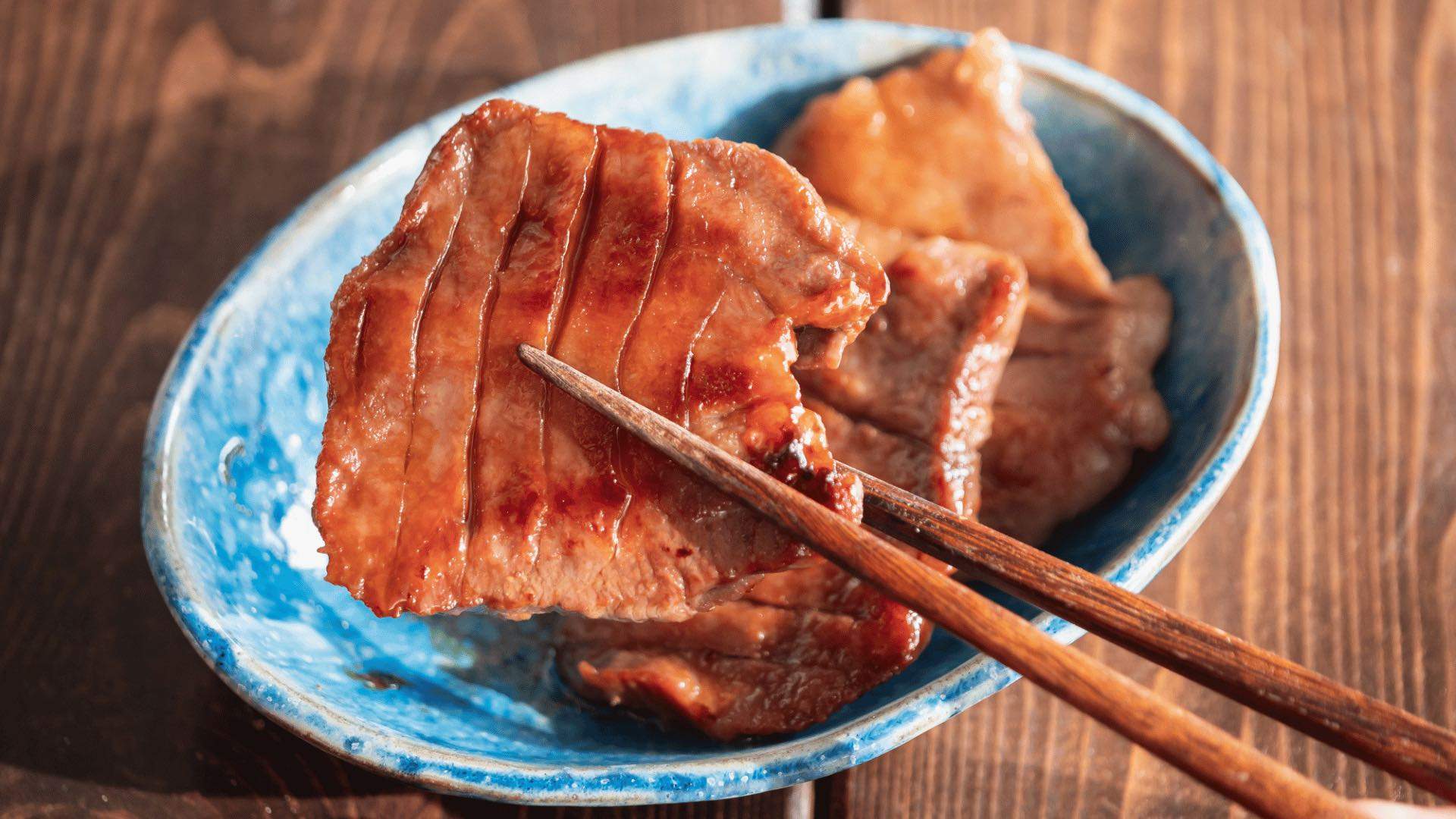
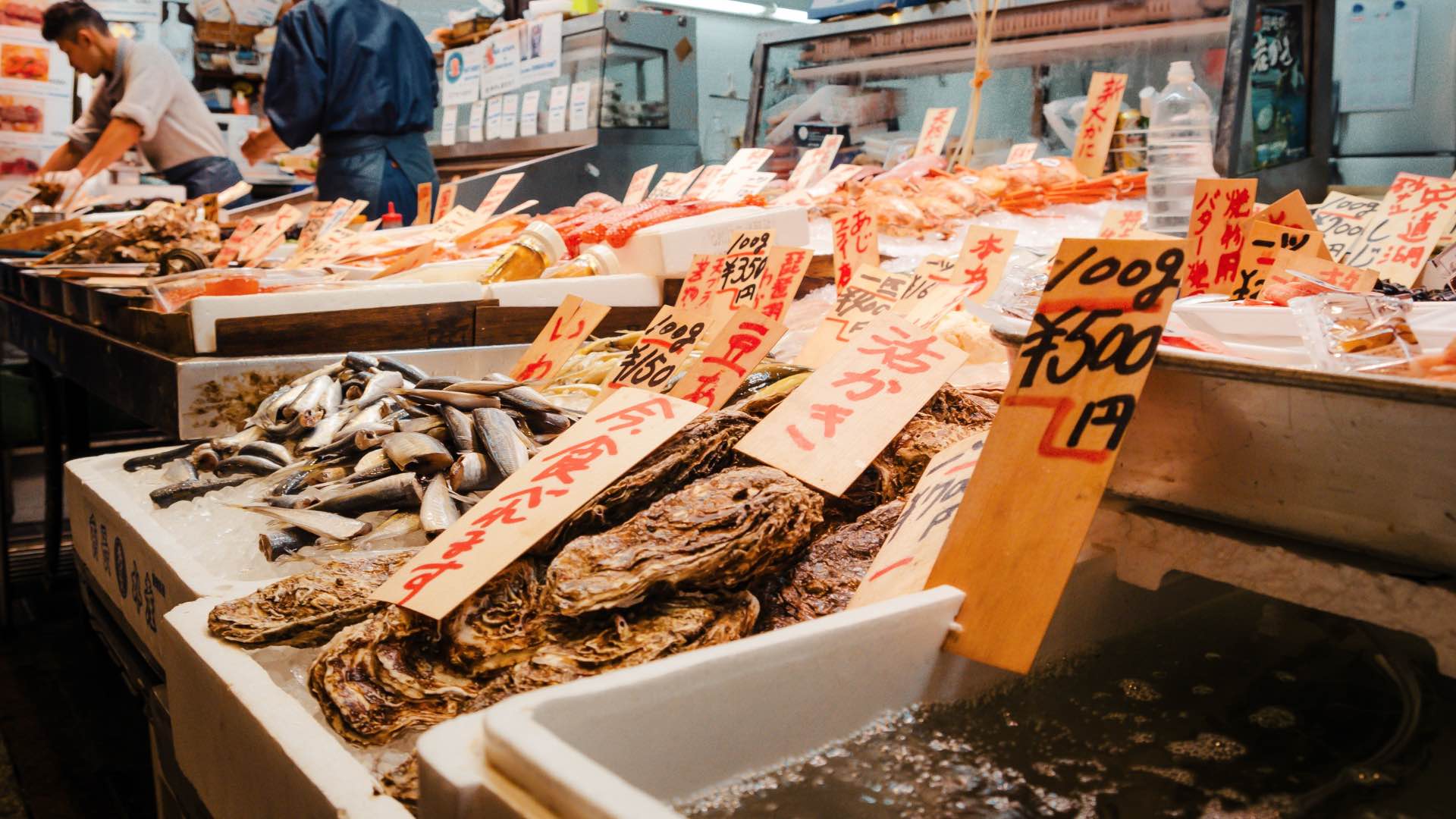
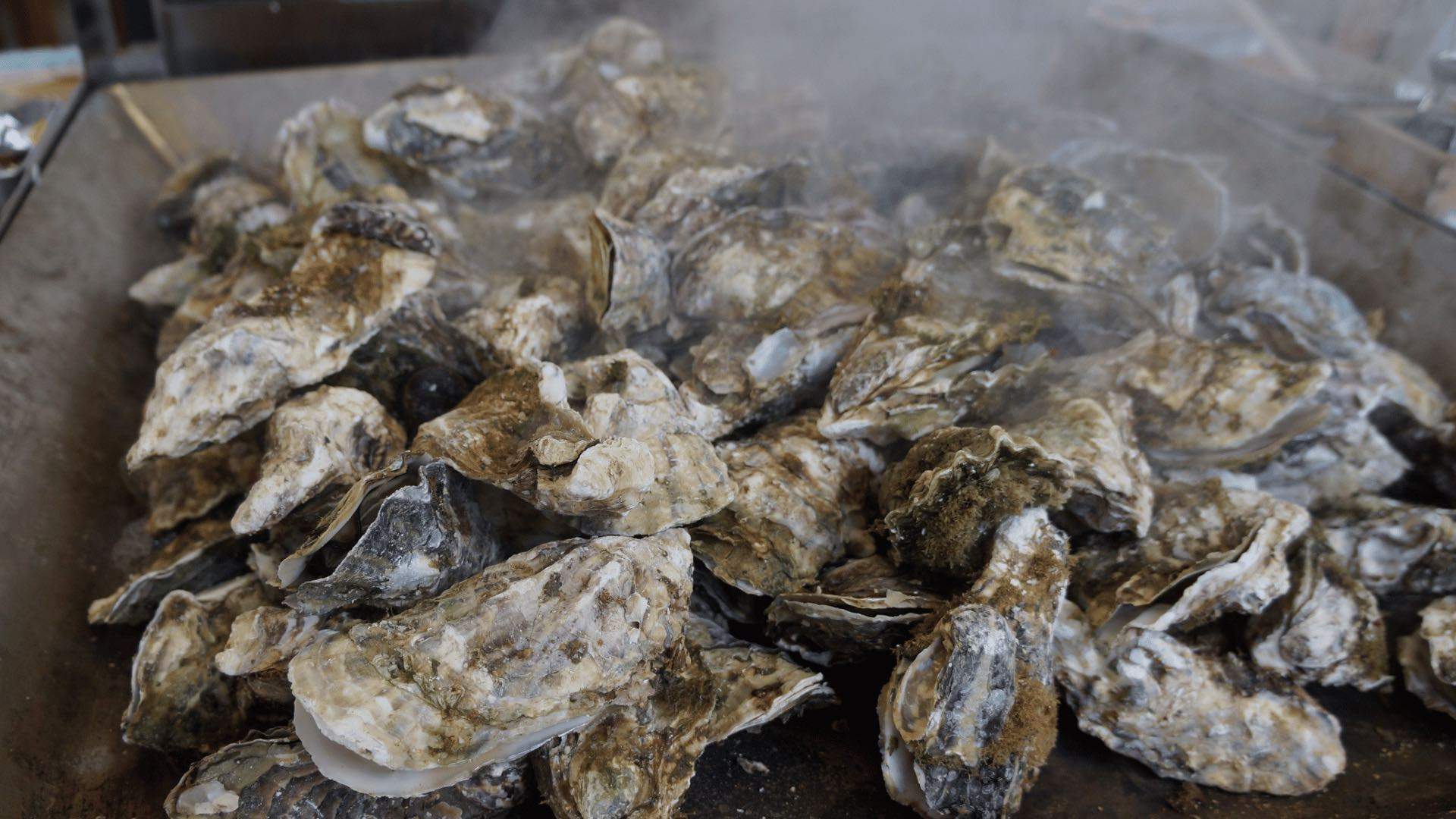
Come to Matsushima for the stunning bay views and stay for the world-famous oysters. In winter, domestic and international visitors alike flock to the city for its molluscs. Matsushima hosts a range of oyster-related activities, including an oyster hot-pot cruise or expeditions to oyster farms, and restaurants across the area incorporate oysters into their menus. For an all-out experience, you can have unlimited steamed oysters for 45 minutes at the Yakigaki House in the fish market, along with items like oyster soup, rice and gratin.
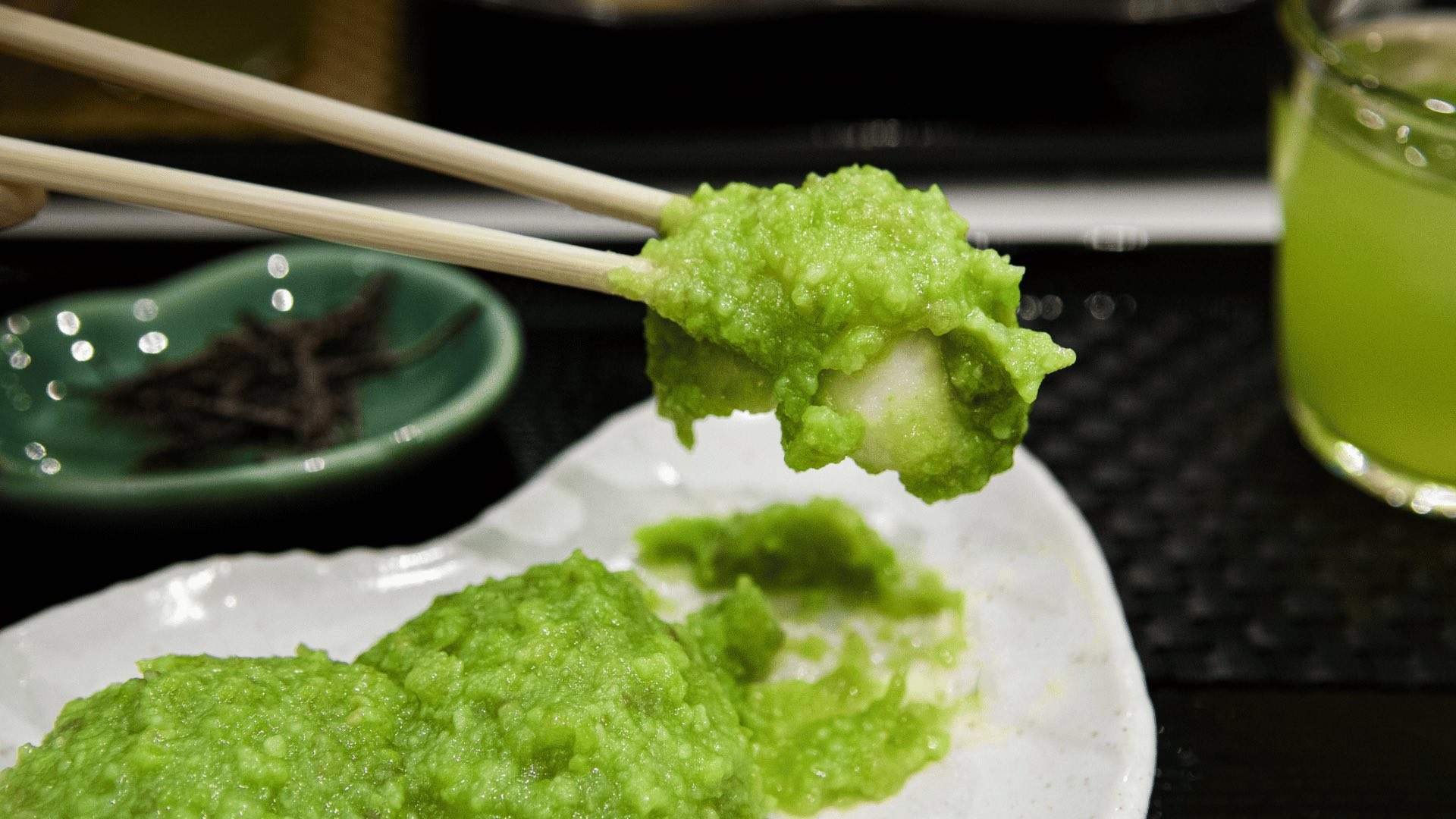
Rumoured to have been created by the samurai clan, zunda is a sweet paste made from edamame beans. It’s used in a variety of desserts in Miyagi, from zunda daifuku to steamed buns. Zunda Saryo has outlets across the country but is a great place for trying various desserts, including zunda roll cake and cheesecake. Keyaki Coffee serves toast with zunda spread and red bean, while Gelateria La Festa offers zunda gelato and milkshakes. For a more classic option, try the award-winning Endo Mochi-ten, which specialises in mochi. And the best part? You can convince yourself it’s all part of your daily veggie intake.
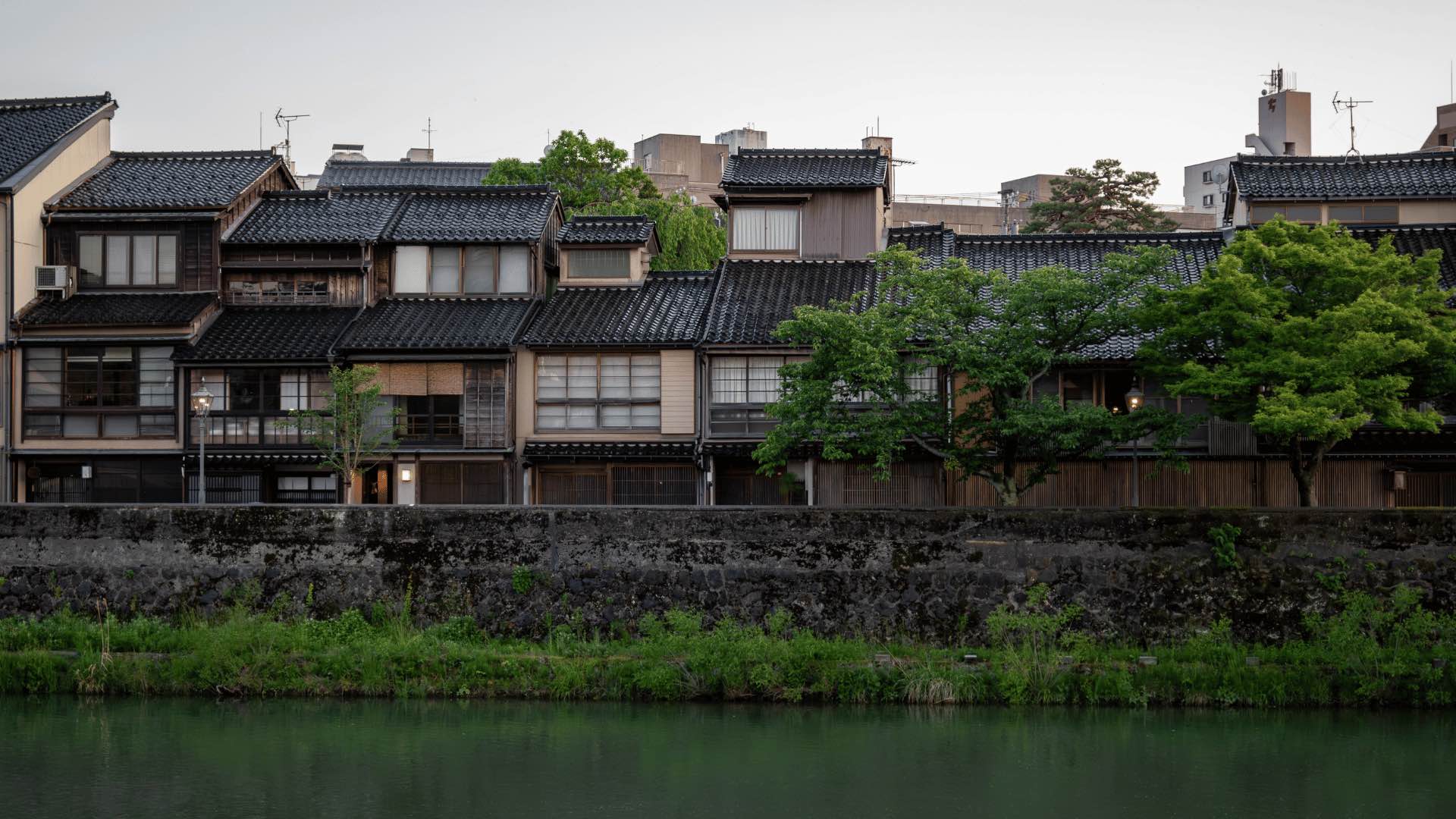
Ishikawa
Fresh seafood, premium beef and tonkatsu curry — it doesn’t get more crowd-pleasing than Ishikawa Prefecture. The coastal region’s mild climate and verdant landscapes make it a versatile hub for all types of food.
With its prime location on the coast of the Sea of Japan, it’s no wonder Ishikawa boasts an array of fresh seafood. Sushidokoro Mekumi is an unassuming gem run by Takayoshi Yamaguchi. Chef Yamaguchi wakes up at the crack of dawn each morning and travels almost 100 kilometres to source the best seafood brought into the Nanao Port that day. As a result, his menu highlights local, seasonal specialties such as snow crab and conger eel in winter and sea urchin and abalone in warmer months. For something more casual, head to Wara in Wajima. The eatery seats less than ten and serves seafood donburi lovingly prepared by a local mother.
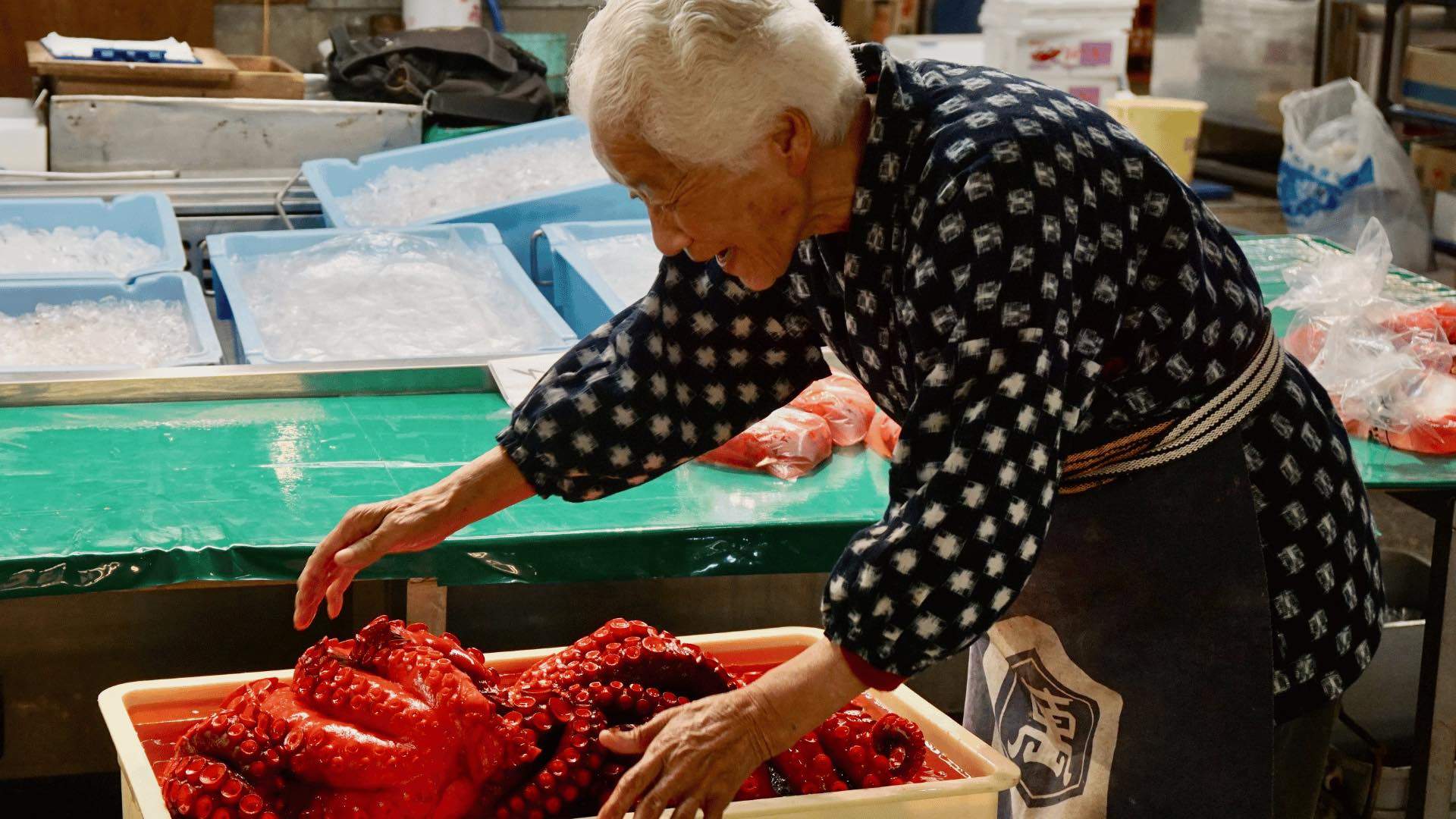
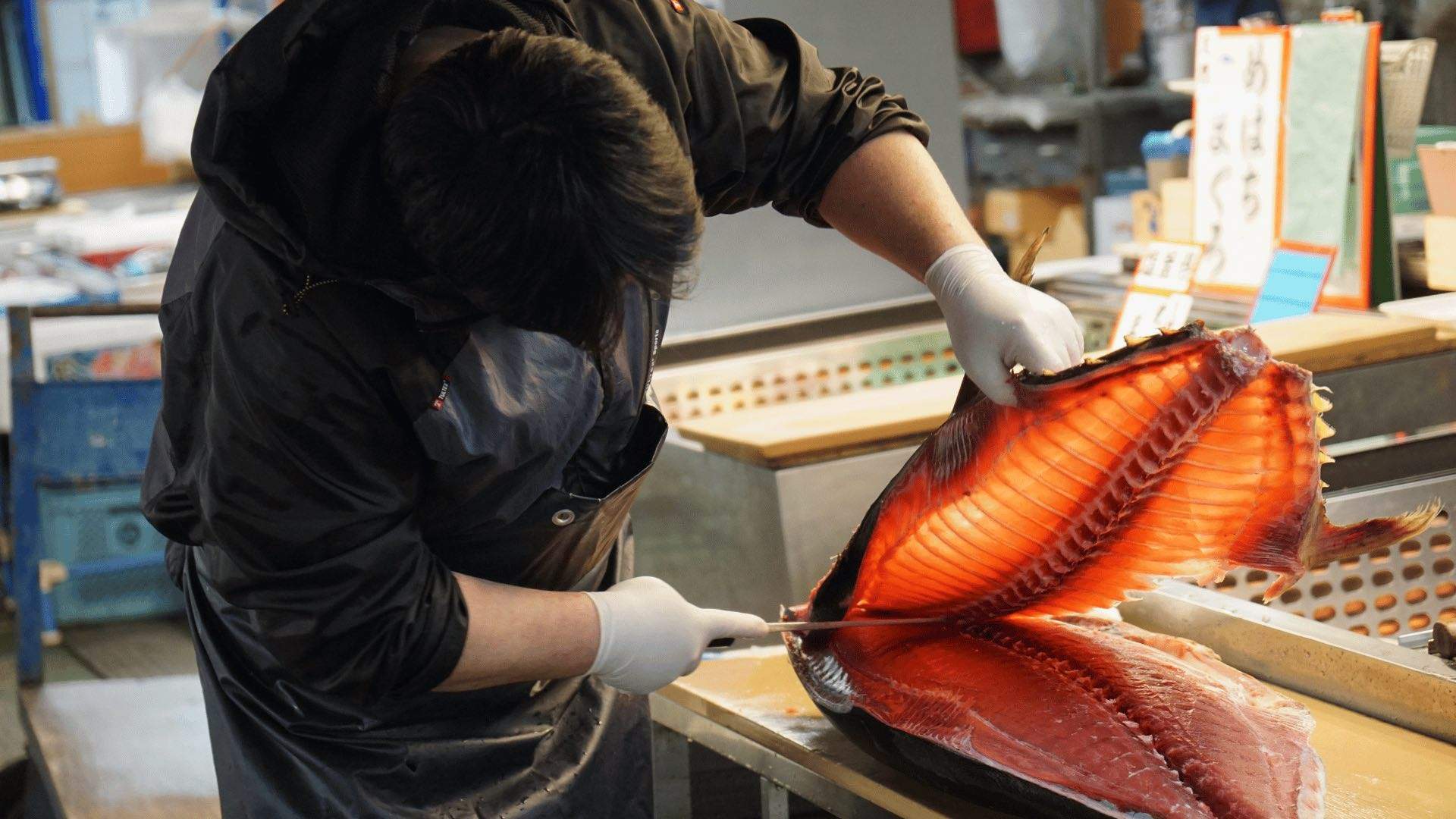
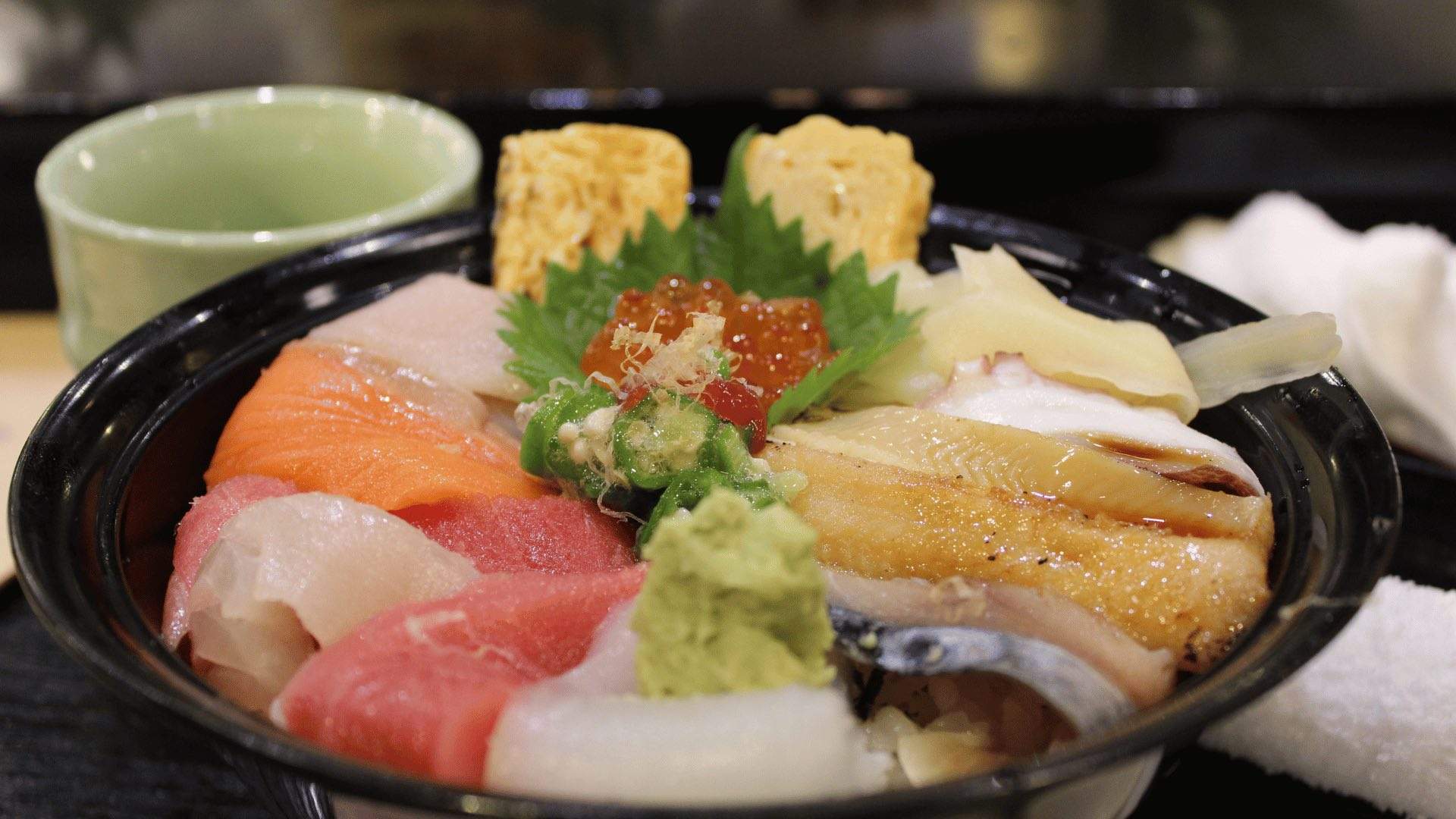
Ishikawa is also home to the delectable Noto beef. Only high-quality black cattle bred in Ishikawa can be certified as Noto beef and the meat is so exclusive that it’s rarely available outside the prefecture. From Kanazawa, you can take a two-hour coastal drive to Noto to enjoy the meat at the source. But if you’d prefer to stay in Kanazawa, try grilling the meat yourself at yakiniku joint Nikusho Jade Kanazawa. For less hassle, go for the region’s famed Notodon, which features seasonal meat (or seafood) on rice. The donburi is available at most eateries around the prefecture, including the homey Shooya-no-Yakata.
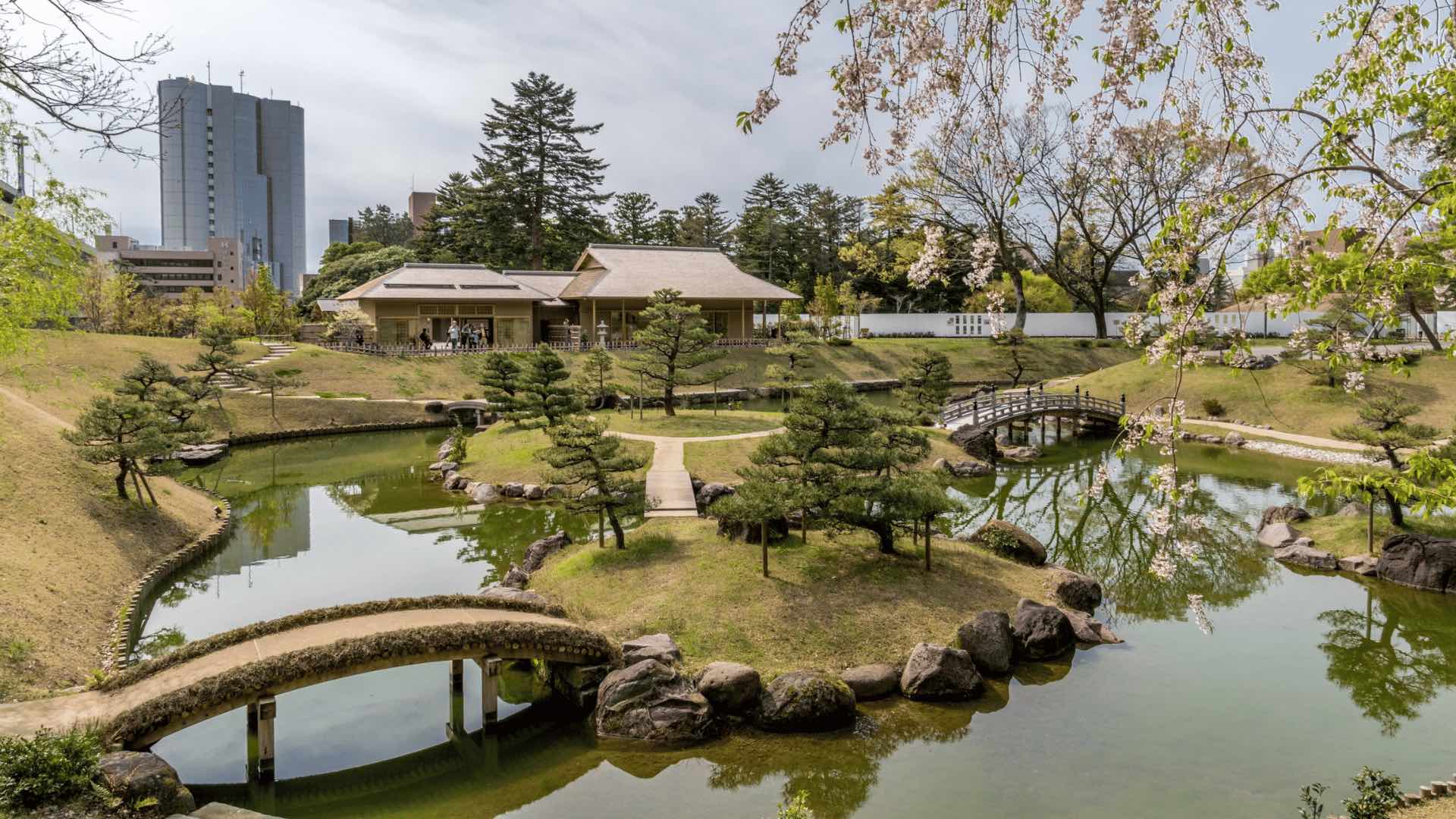
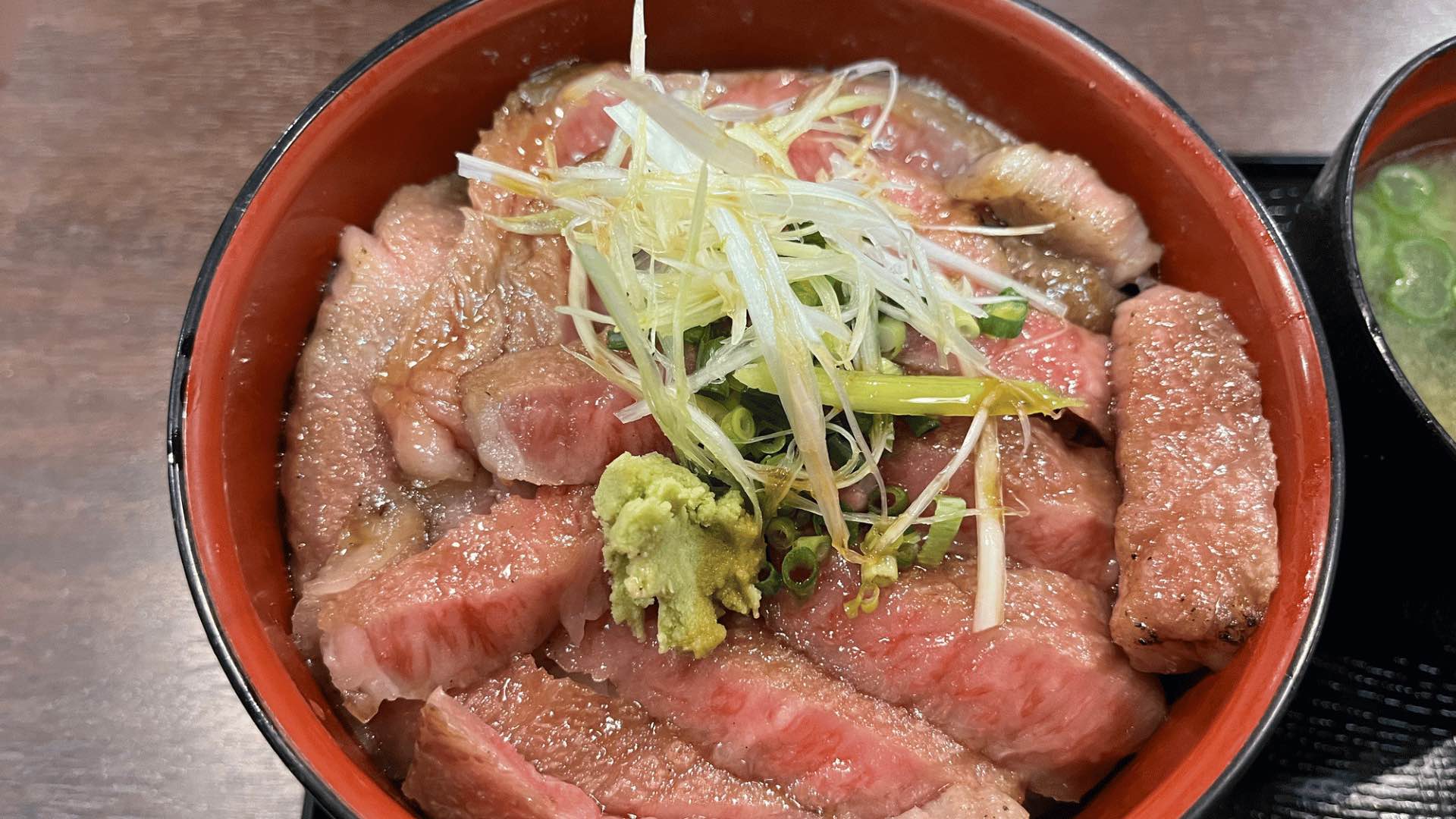
A more recent, lesser-known Ishikawa speciality is Kanazawa curry. The thick, dark sauce differentiates it from other Japanese curries. Often served with tonkatsu and shredded cabbage, the curry is heavier in flavour and texture and features hints of caramel. The meal is said to have been created in the 60s by Yoshikazu Tanaka of Champion’s Curry, where you can still get a bowl today. Turban Curry is another local favourite, where you can order your curry with a hamburger steak, fried prawn, cream croquette or Vienna sausage.
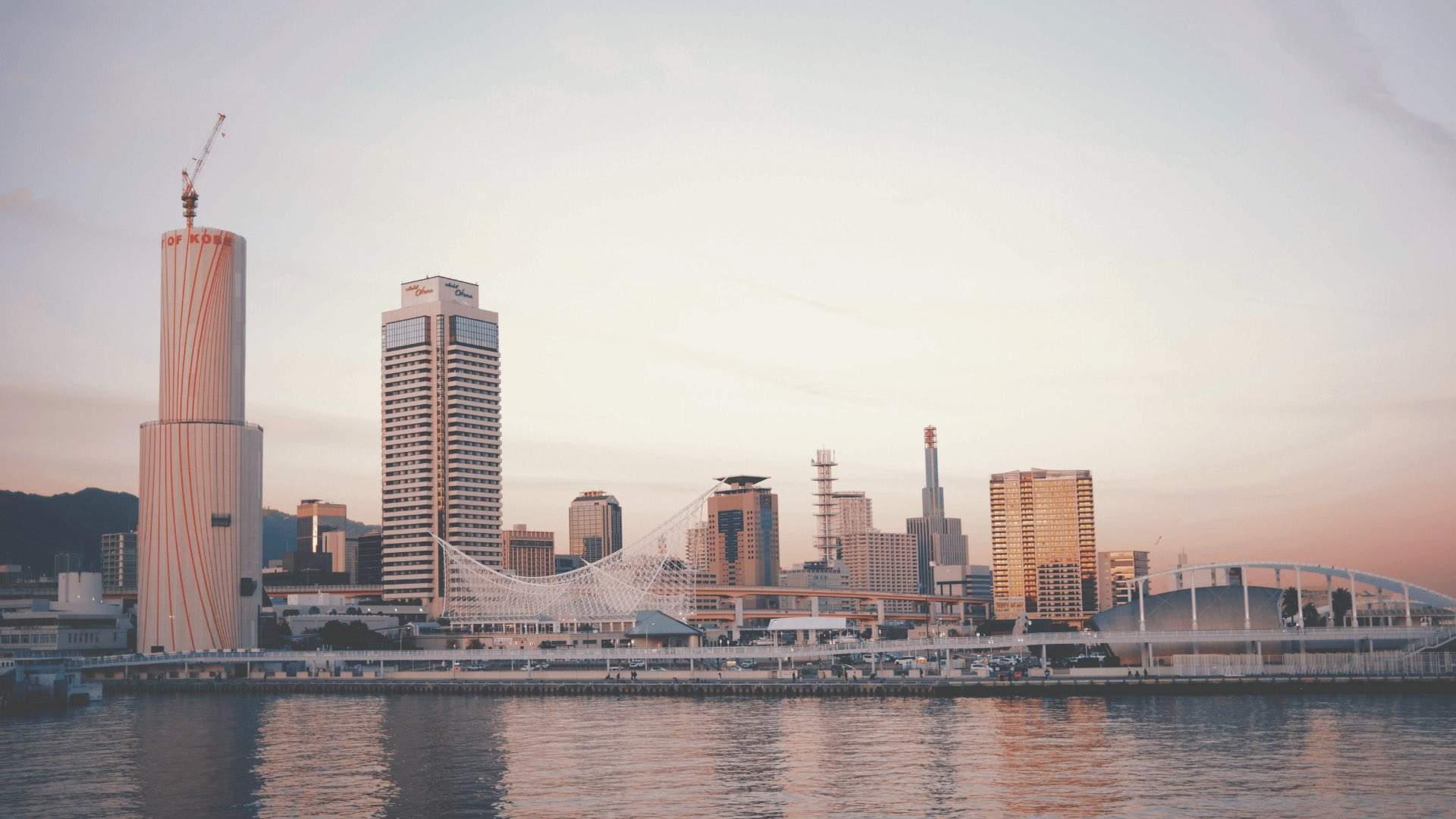
Kobe
Kobe in Hyogo Prefecture is a mecca for meat lovers, but there’s more than beef in the area.
Home to Japan’s renowned Kobe beef, Kobe has no shortage of yakiniku spots and steakhouses. Tor Road Steak Aoyama has been slinging steaks since 1963. The family-run restaurant is known for its warm service and grilling cuts of local Kobe beef teppanyaki-style. Another option for steak is Kokubu, which has also become popular for its garlic-fried rice cooked by the chef’s mother. For something other than steak, go for the delicate layers of simmered beef on rice at Kobe Gyudon Hiroshige. There are only ten counter seats and one chef, so you can expect lines throughout the day.
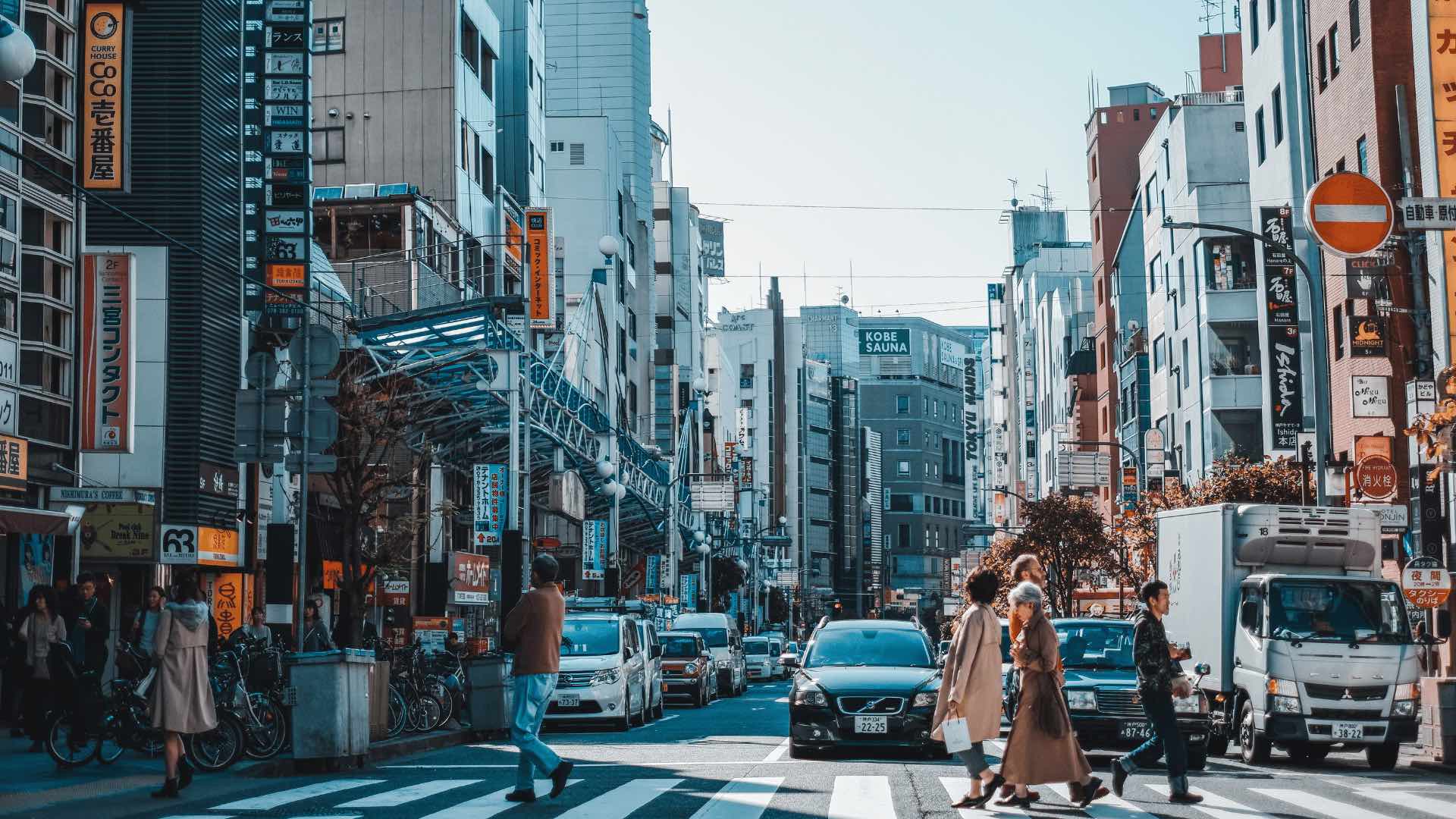
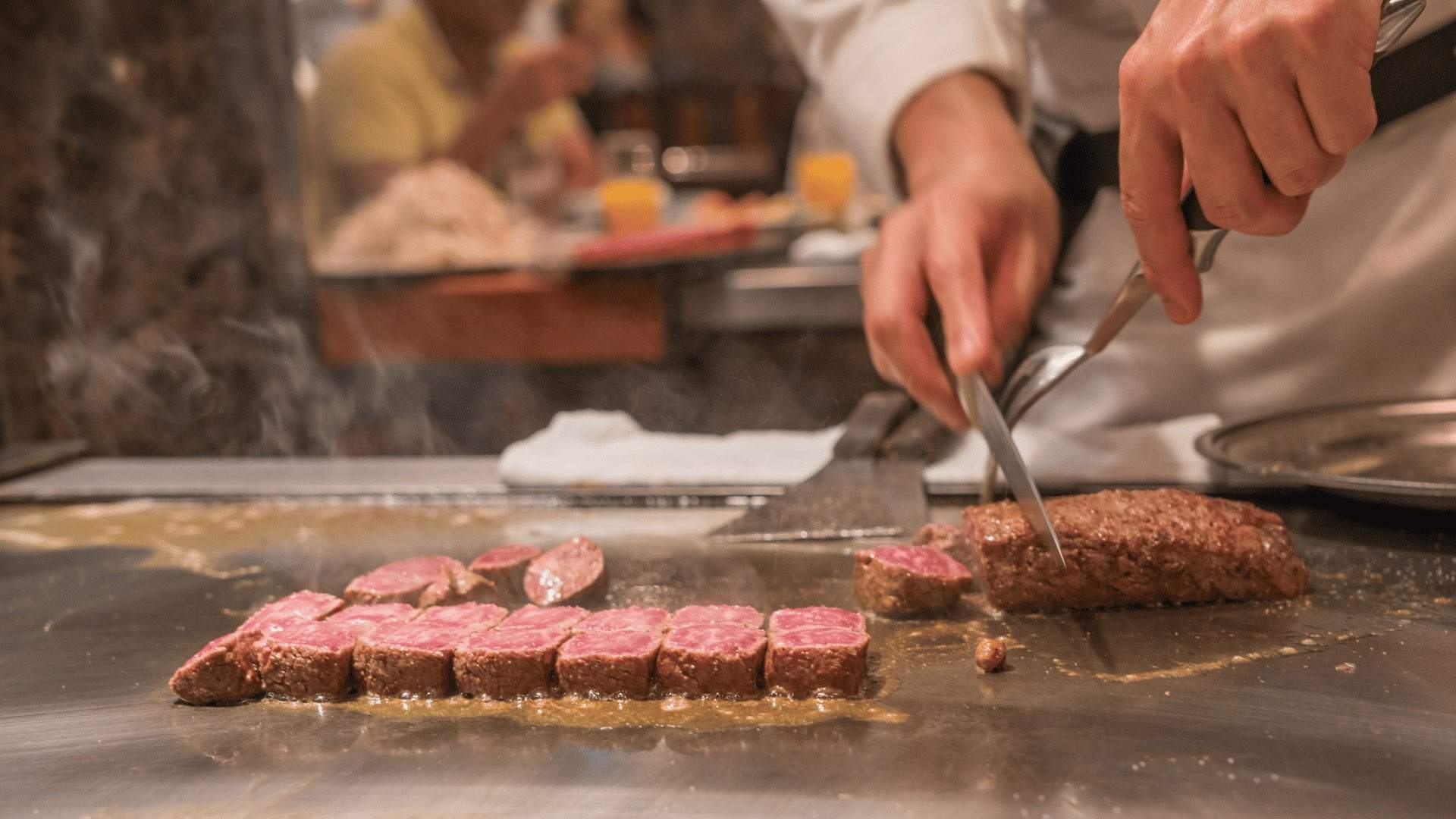
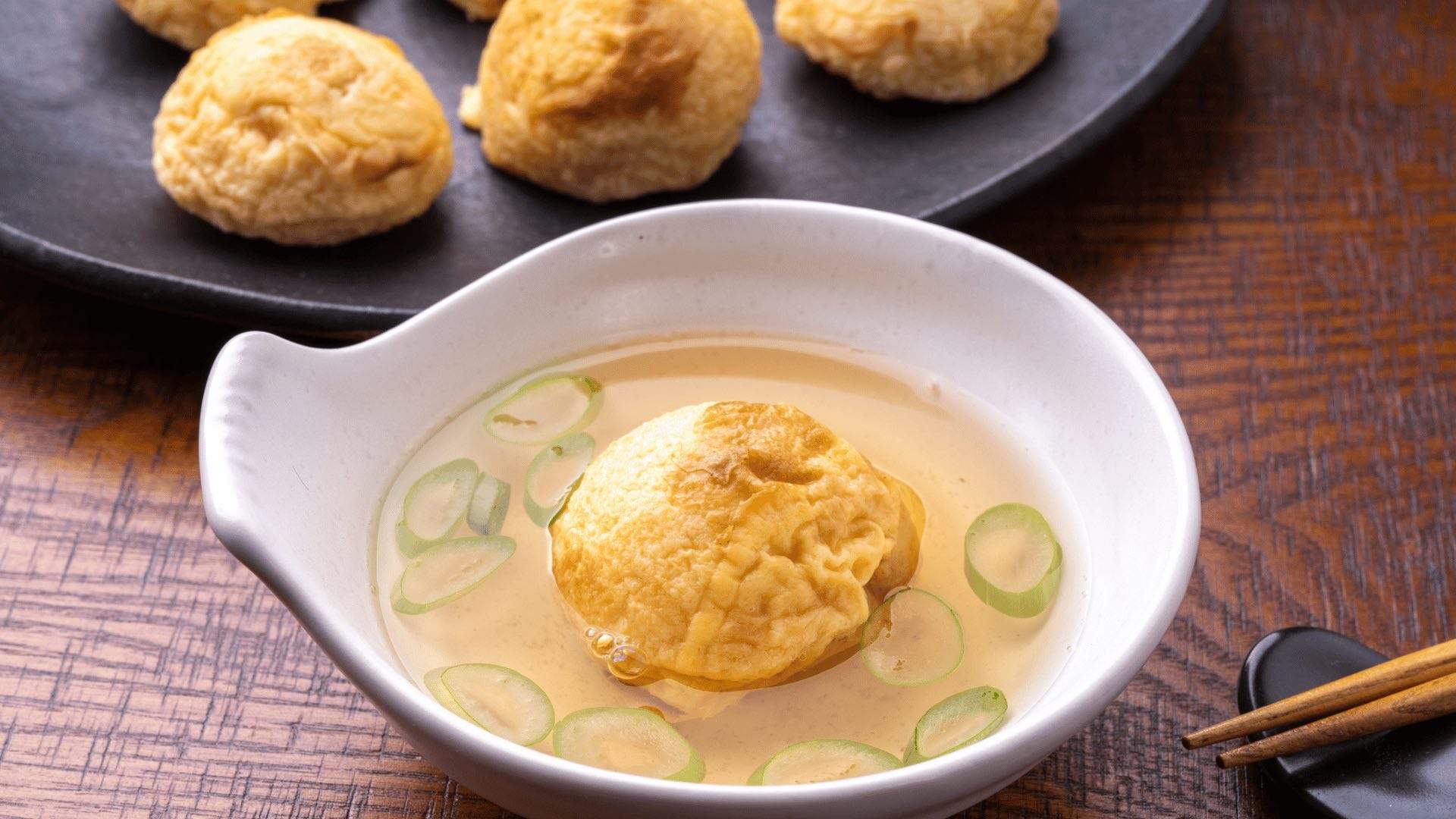
Akashiyaki is another popular street food that originated from nearby Akashi. Although both use octopus, these dough balls are not to be mistaken with takoyaki — more egg is used to make the batter lighter and creamier, and the akashiyaki are dipped in dashi instead of mayo and takoyaki sauce. Try the regional fare at the historic Akashiyaki Tsukasa or Akashiyaki Takoan, which also serves octopus rice.
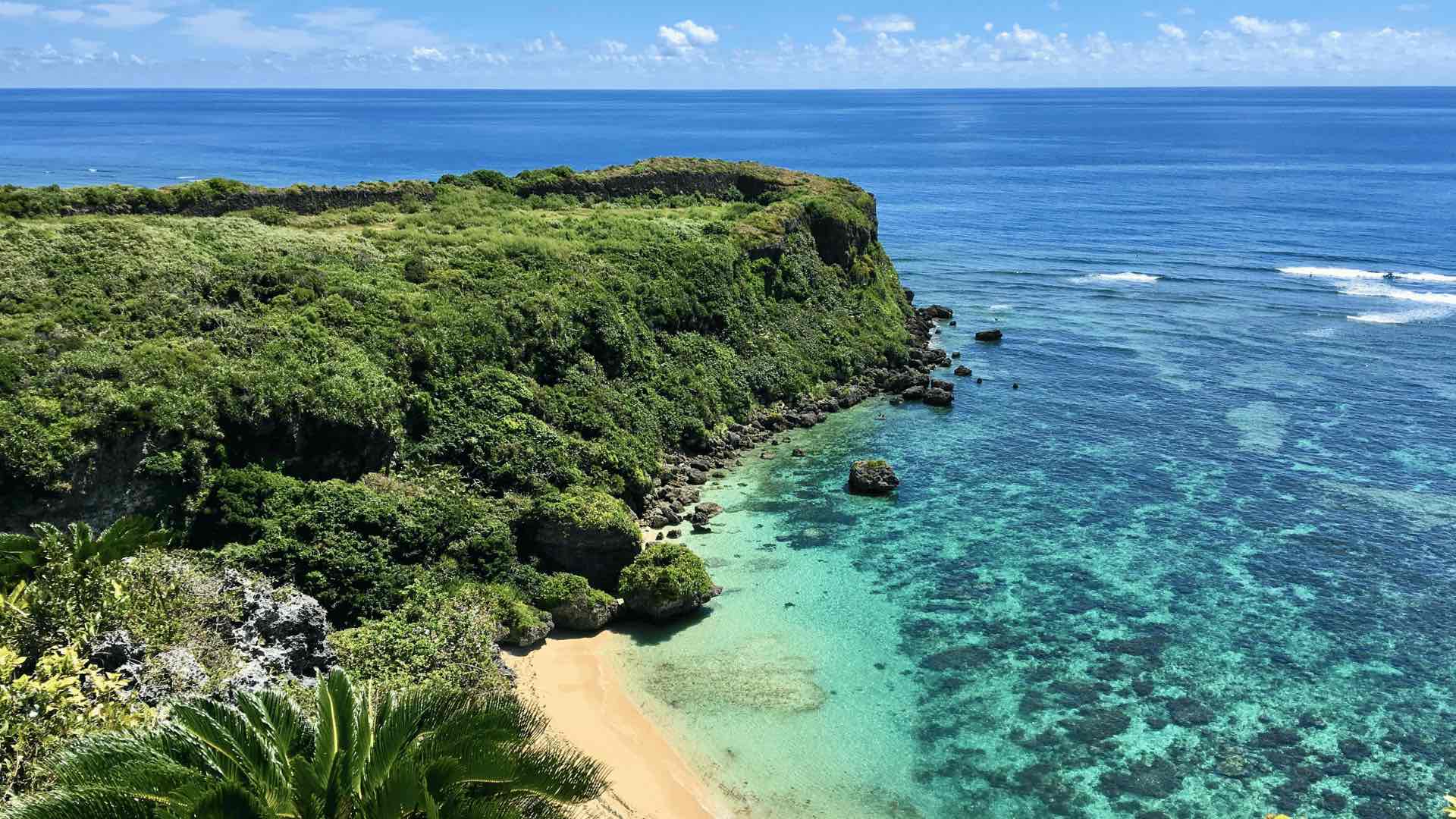
Okinawa
Not to be outdone by its northern counterparts, Okinawa Prefecture brings the flavour with its soki soba, goya champuru and Tex-Mex-inspired taco rice. The island’s fare has been heavily affected by its history as an international trading hub and American military base, with culinary influences from China, Southeast Asia and the US.
Okinawa soba differs from other Japanese soba in that its noodles are made from flour and lye water rather than traditional buckwheat. The noodles are then topped with stewed pork spare ribs and a broth of simmered pork bones. For a taste, take a trip down Highway 84, which has been dubbed Soba Road for its numerous soba shops, including the old-school Yanbaru Soba. Other standouts across Okinawa are the long-standing, family-run Kishimoto Shokudo, rustic Shuri Soba and local hit Hamaya Soba.
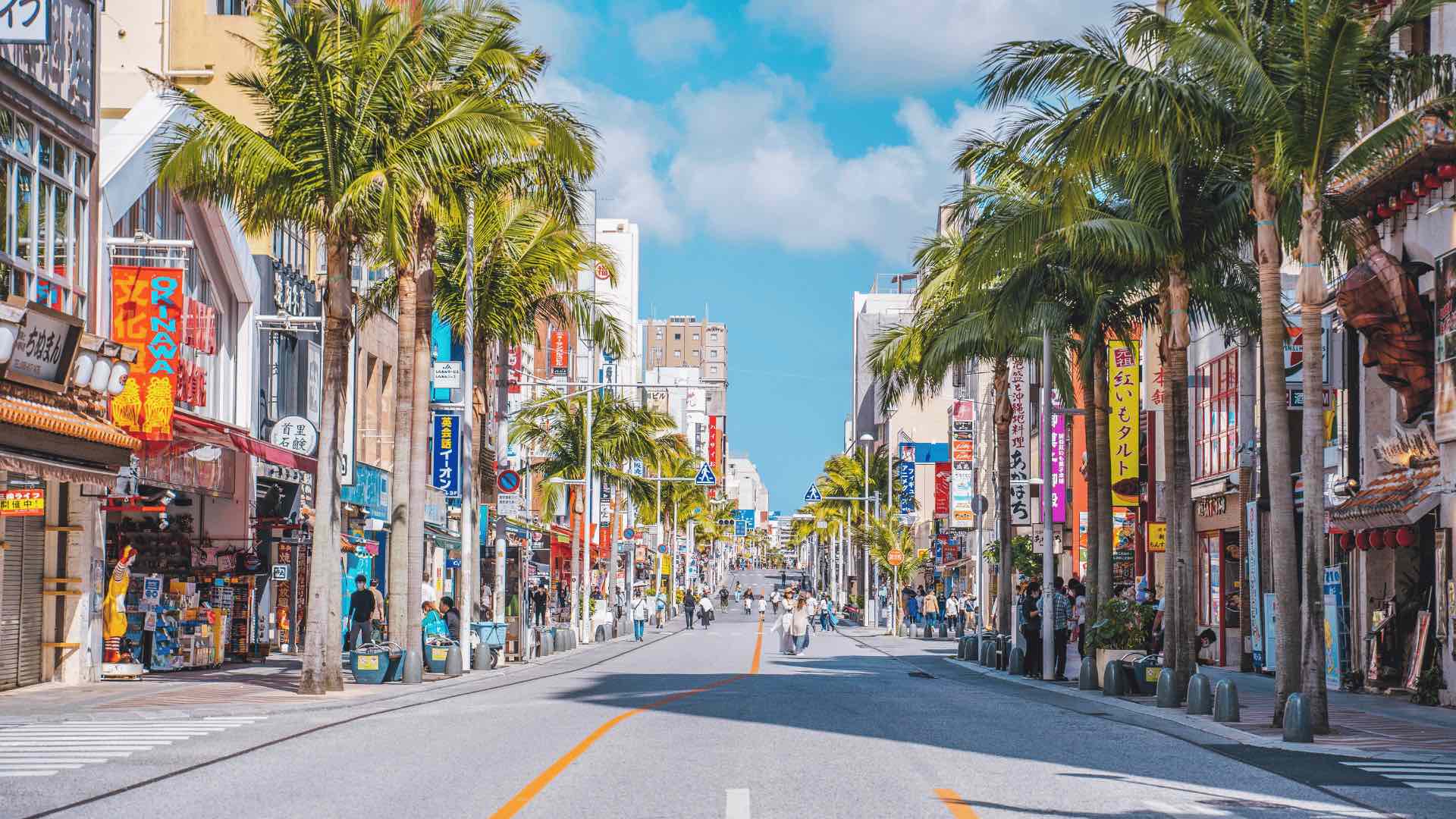
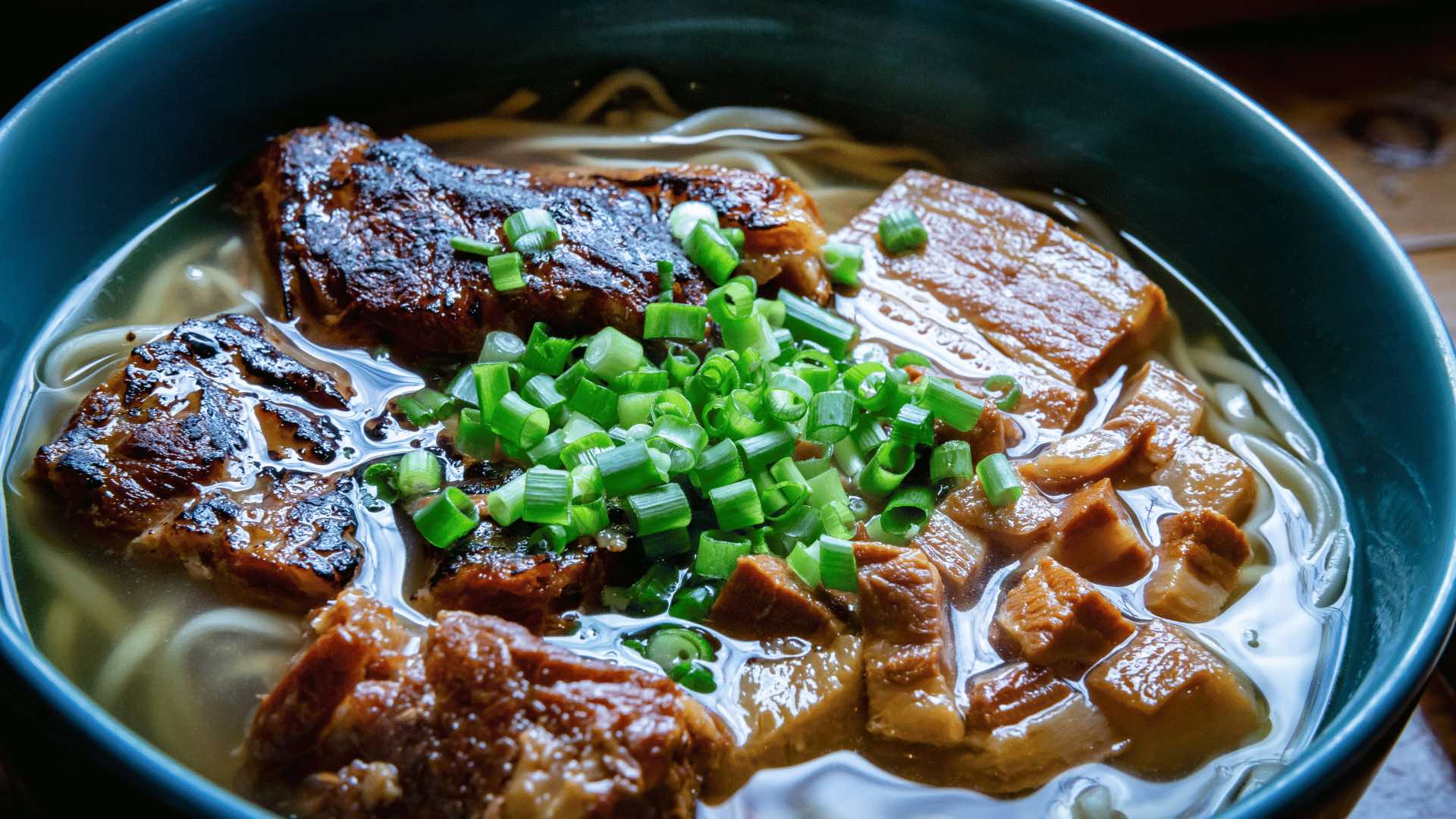
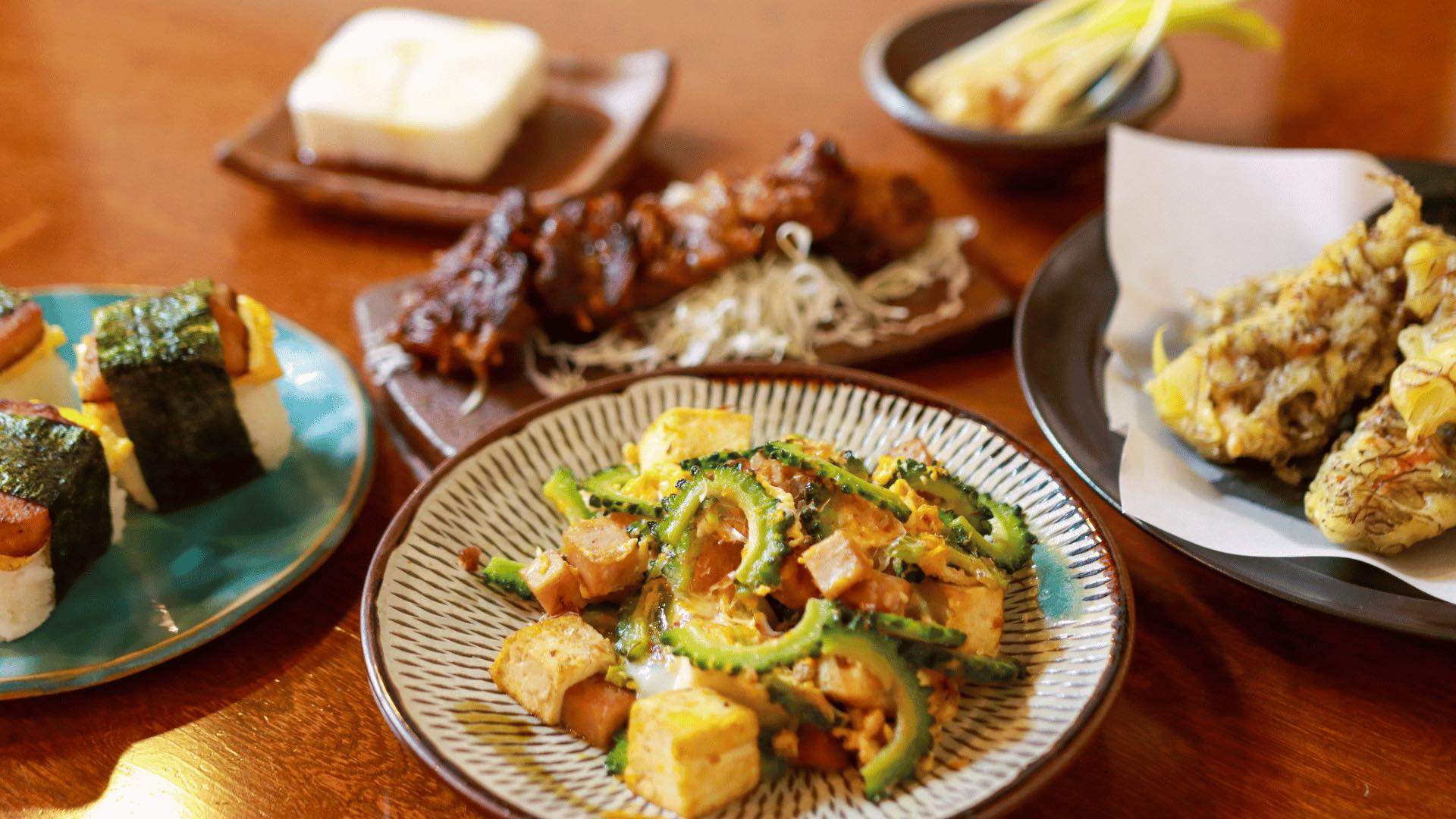
Goya is an Okinawan superfood. The bitter gourd is stir-fried with egg, tofu and pork in a regional specialty called goya champuru. The meal is available at casual eateries across Okinawa including Yunangii, which is beloved for its home-style Okinawan cuisine.
Taco-flavoured rice you say? Chef Matsuzo Gibo created the unusual combo to appeal to American forces in Okinawa during the 80s. As the name implies, the dish is rice topped with ground beef, shredded lettuce, cheese and tomato. King Tacos is run by Gibo’s family and remains popular today. Other venues offer twists on the classic, like the omelette topping at Taco Rice Cafe Kijimuna or the pork rib-topped taco rice at Tomishiro Taco.
For more information and travel inspiration, head to the Japan National Tourism Organization website.